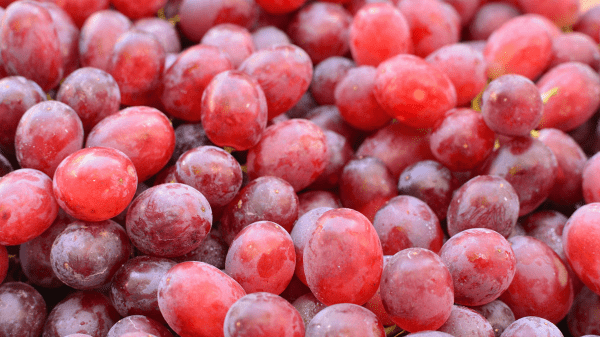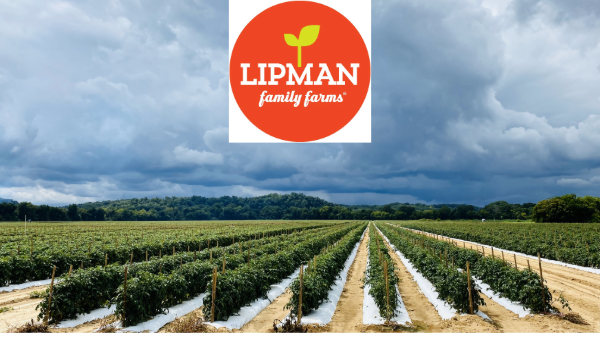Welcome to Blue Book!
Are you ready to join the thousands of companies who rely on Blue Book to drive smarter decisions? View our plans and get started today!
Still have questions? We’d love to show you what Blue Book can do for you. Drop us a line– we’ve been waiting for you.

As for produce, in 2008, according to Nielsen Perishables Group’s FreshFacts report, weekly dollar sales per store in U.S. supermarket produce departments were up 3.3 percent, but quantities sold per store were down 3.6 percent. In 2009, weekly dollar sales were down 2.5 percent, while weekly unit sales were up 2.0 percent—with both figures back in positive territory by 2010 (excluding club stores and supercenters, as well as some conventional and alternative formats.)
Analyst Desmond O’Rourke, founder and CEO of Belrose, Inc., has studied the impact of the recession on the tree fruit industry. “The latest recession was much deeper than other modern recessions, the recovery ‘bounce’ was much less, and many consumers are still suffering from the aftermath,” he says.
And although retail sales and pricing may have declined, O’Rourke says many categories rebounded fairly quickly. In tree fruit, for example, sales returned to pre-recession levels starting in 2010. “Fresh fruits, especially for the upper-half of the income group… bounce back much faster than the lower half.”
Commodities such as lettuce, tomatoes, and other vegetables did not fare as well as tree fruit. “The reason the produce industry takes a larger hit than other sectors is because of the expense of these items and what drives demand in our industry,” says John J. VanSickle, director of the University of Florida’s International Agricultural Trade and Policy Center. Out-of-home demand is important, since consumers tend to eat more salads and other vegetables at restaurants than at home. “During the recession, they quit eating out—that really has an impact.”
Health and Wellness
Organics were also hit by the recession, due in part to higher pricing over conventional products, but the impact did not last long. After double-digit growth from 2006 to 2008, organic foods saw a much lower increase—but still an increase—of 5.1 percent in 2009 which outpaced the 1.6 percent rise in total food sales in the United States for the year. The trend continued in 2010, when the Organic Trade Association reported sales of organic foods grew 7.7 percent, versus just 0.6 percent for food overall.
O’Rourke reports that organic sweet cherries and especially apples and pears have recovered quickly, but notes that supply hasn’t kept up with demand. “One thing the recession did was slow down the conversion to organic,” he says.








